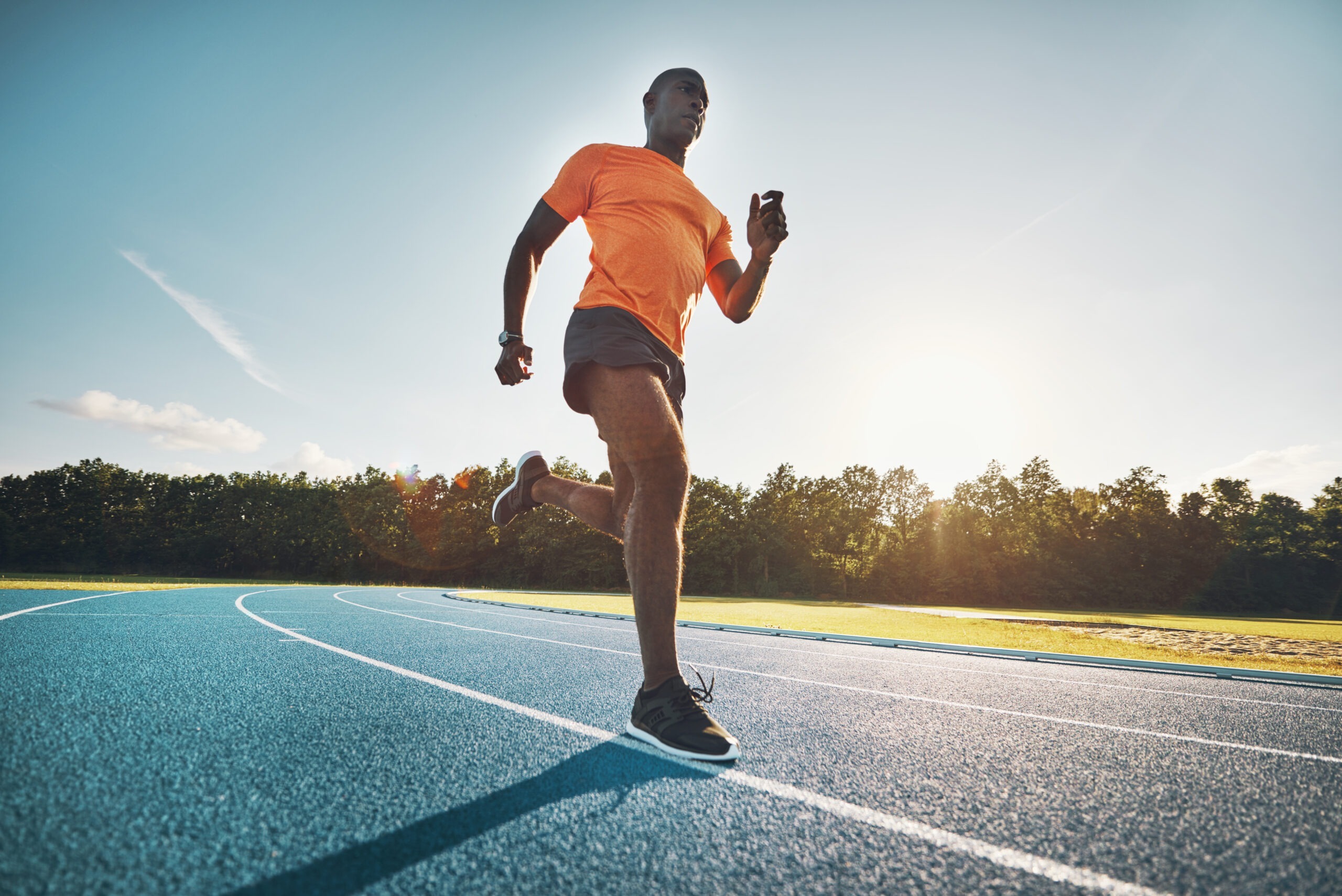The pursuit of optimal running performance and effective injury prevention has always revolved around precision. Historically, improvements have come incrementally—better shoes, refined training regimens, and nutritional adjustments. However, the real quantum leap in running optimization lies deeper, hidden within the subtleties of biomechanics and force dynamics that traditional measurement methods fail to capture. Here’s where advanced 3D force sensing technology emerges, redefining the limits of what’s measurable, understandable, and improvable.
The Limitations of Traditional Treadmill Analysis
Traditional running analysis predominantly relies on visual inspection, timing gates, and basic pressure mapping, usually limited to vertical force measurement. While these methods offer some insights into stride length, cadence, and vertical impact, they provide an incomplete picture by missing critical lateral and longitudinal forces. Such incomplete datasets can inadvertently conceal key elements of performance enhancement and injury prevention strategies.
Understanding the Missing Dimensions: Lateral and Longitudinal Forces
When running, every stride produces forces in multiple directions—not just vertically (the Z-axis), but also laterally (X-axis) and longitudinally (Y-axis). Traditional force measurement systems predominantly track vertical impact but largely overlook the lateral and forward-backward dynamics essential for complete biomechanical understanding.
Lateral forces significantly influence stability, balance, and alignment, critical for injury prevention. Excessive lateral force suggests instability or imbalance that could lead to stress fractures, IT-band syndrome, or chronic knee pain. Similarly, longitudinal forces offer vital insights into acceleration and braking efficiency, critical for optimal energy expenditure and overall performance.
Advanced 3D Force Sensing
Humatric’s patented 3D force sensing technology integrates a sophisticated array of sensors—strain gauges, piezoelectric sensors, capacitive modules, and tactile sensing elements—to deliver real-time measurements across all three axes simultaneously. Embedded within treadmill platforms, this advanced technology captures and analyzes dynamic biomechanical data at unprecedented resolution and speed.
The multi-axis capability reveals detailed insights into each step’s micro-movements, force distributions, and biomechanical efficiency—data previously invisible with conventional systems. By capturing precise data on load magnitude, force vector directions, and subtle shifts in balance and gait patterns, this technology provides actionable information that can directly influence training methodologies, equipment choices, and rehabilitation strategies.
Maximizing Performance through Real-time Biomechanical Feedback
Advanced 3D force sensing provides runners and coaches with immediate, detailed feedback on running mechanics. For professional runners, understanding how forces distribute during different phases of a run can inform adjustments that enhance speed, endurance, and economy of motion.
For instance, detailed longitudinal force data can illustrate inefficiencies during acceleration phases, prompting adjustments in stride or posture to enhance energy transfer. Similarly, lateral force insights might reveal inefficiencies or instability mid-stride, guiding specific strength and conditioning interventions tailored to correct these deficits.
This granular biomechanical intelligence allows coaches to prescribe personalized adjustments that dramatically enhance running efficiency, translating directly into improved race times and reduced physiological strain.
Revolutionizing Injury Prevention
Beyond performance gains, advanced force sensing is a game-changer in injury prevention and rehabilitation. By precisely identifying abnormal force distributions and asymmetrical loading patterns in real-time, it proactively identifies injury risk factors before they manifest as pain or structural damage.
For example, excessive lateral forces indicate instability or improper alignment—risk factors for common injuries like plantar fasciitis, shin splints, or IT-band syndrome. Coaches and medical professionals can use this data proactively, designing personalized training interventions, corrective exercises, or equipment modifications to mitigate injury risks.
In rehabilitation contexts, monitoring 3D force dynamics over time enables targeted recovery protocols. Athletes returning from injury can adjust their training loads precisely, guided by objective biomechanical feedback, significantly reducing reinjury risks.
Real-World Applications and Integrations
The applications extend beyond individual performance to the commercial gym and rehabilitation markets. Equipped with this advanced technology, commercial treadmills become powerful diagnostic and performance-enhancing tools, offering gyms and sports centers a distinct competitive advantage. High-performance training facilities, sports medicine clinics, and rehabilitation centers gain transformative capabilities for precision diagnostics, customized training plans, and highly effective rehab protocols.
Moreover, when integrated with AI-driven analytical software, the potential applications become even more compelling. Real-time, automated analysis can instantly recognize patterns associated with performance inefficiencies or injury risks, providing immediate, actionable alerts and personalized coaching recommendations.
Enabling Continuous Optimization
One of the most potent features of advanced 3D force sensing is its ability to support continuous optimization over time. Regular biomechanical assessments can track subtle changes in running technique and force distribution, allowing runners and coaches to monitor progression or regression meticulously. This continuous feedback loop ensures athletes remain at peak performance levels while quickly identifying and correcting emerging biomechanical issues before they escalate into significant problems.
Pioneering the Future of Running Technology
Humatric is at the forefront of this revolution, developing fully-integrable 3D force sensing solutions designed specifically for treadmills. Our platform, compatible with virtually any treadmill, combines biomechanical precision with sophisticated analytics, offering insights previously unattainable in commercial settings.
Starting September 2025, we invite pilot customers to experience this transformative technology firsthand. Whether you’re a professional runner, coach, rehabilitation specialist, or equipment manufacturer, our innovative solutions will redefine your expectations for running performance and injury prevention.
Join us as we pioneer a new era in running biomechanics and unlock the full potential of human performance.

Leave a Reply